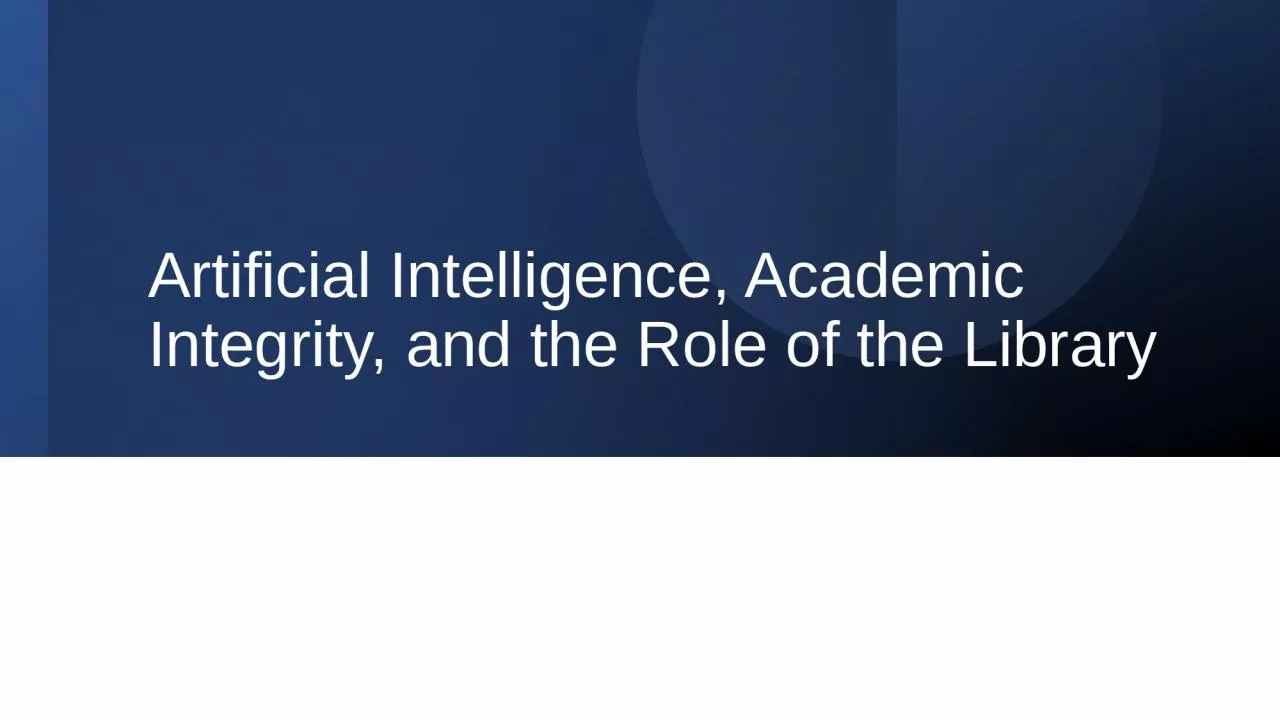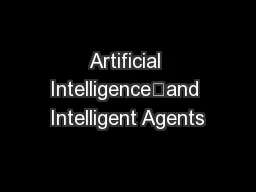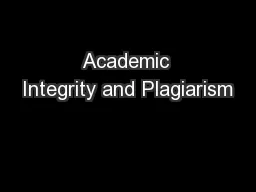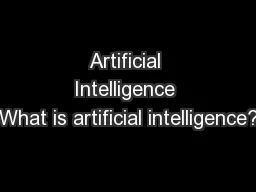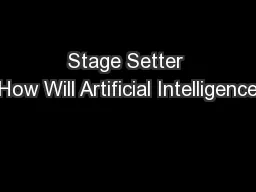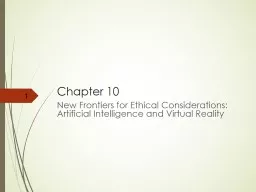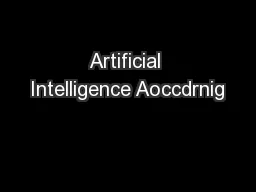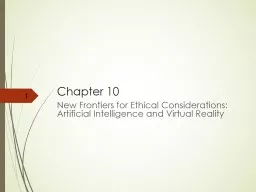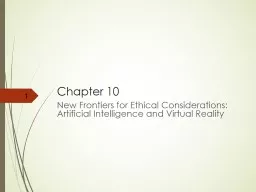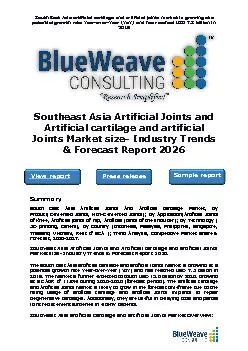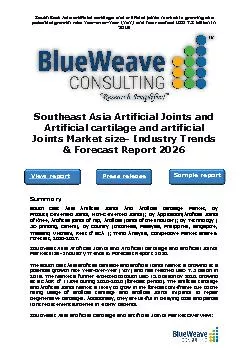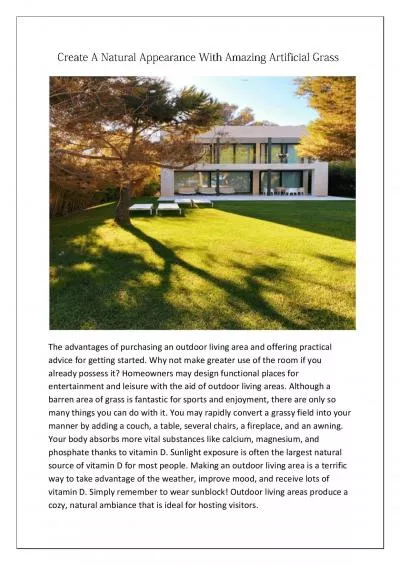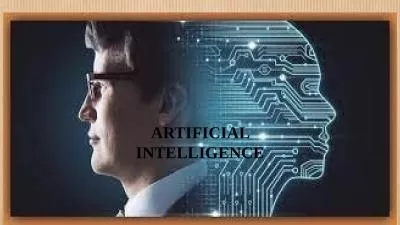PPT-Artificial Intelligence, Academic Integrity, and the Role of the Library
Author : dsnews | Published Date : 2023-03-22
Introduction Begin with an introduction that explains what AI is its importance and how it has become an integral part of our lives
Presentation Embed Code
Download Presentation
Download Presentation The PPT/PDF document "Artificial Intelligence, Academic Integr..." is the property of its rightful owner. Permission is granted to download and print the materials on this website for personal, non-commercial use only, and to display it on your personal computer provided you do not modify the materials and that you retain all copyright notices contained in the materials. By downloading content from our website, you accept the terms of this agreement.
Artificial Intelligence, Academic Integrity, and the Role of the Library: Transcript
Download Rules Of Document
"Artificial Intelligence, Academic Integrity, and the Role of the Library"The content belongs to its owner. You may download and print it for personal use, without modification, and keep all copyright notices. By downloading, you agree to these terms.
Related Documents

